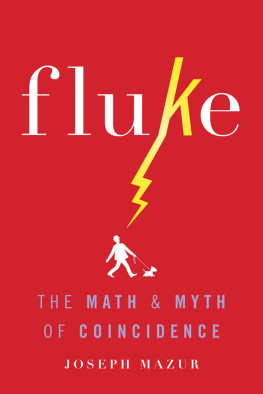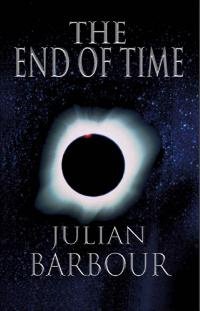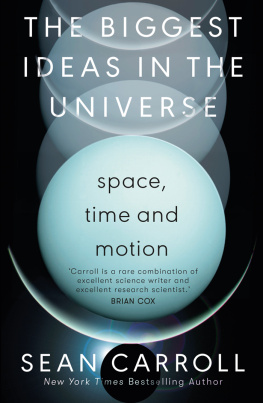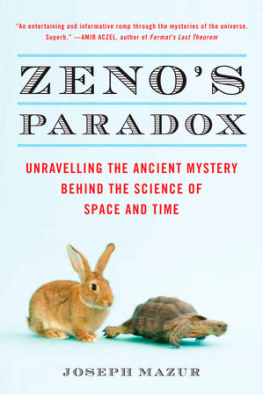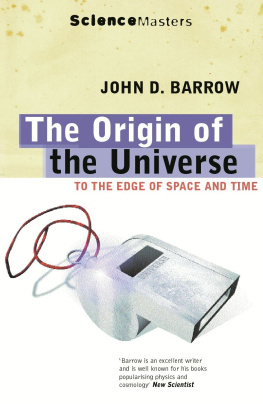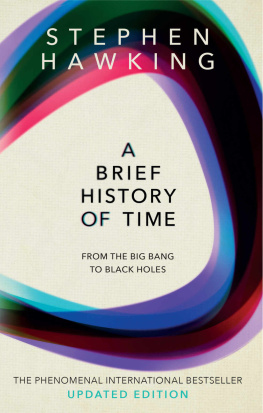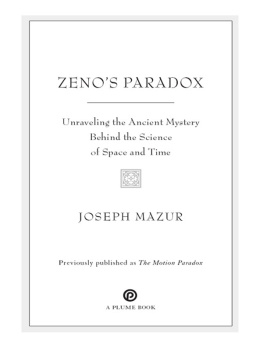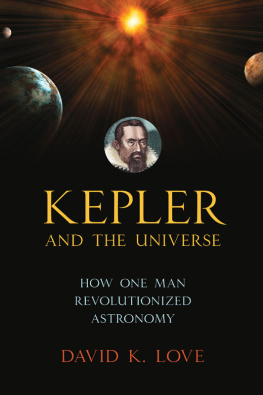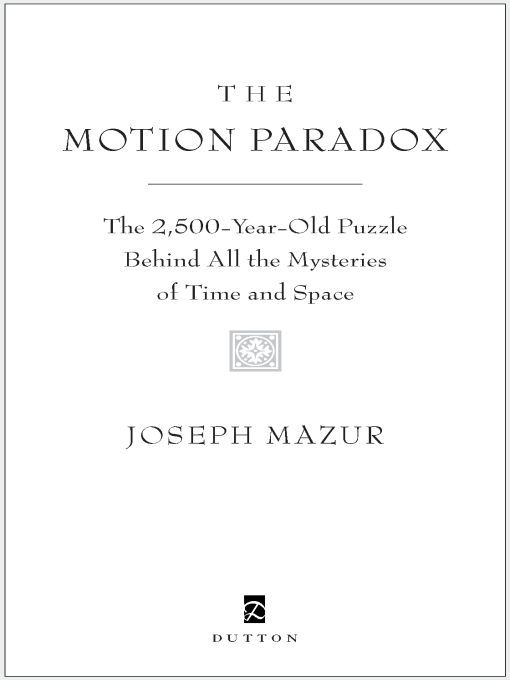Table of Contents
To Jennifer
In memory of her mother,
my dearly beloved mother-in-law,
Anne Joffe--
perceptive questioner, astute listener,
kindhearted caregiver.
PART 1
A COMMOTION OF ABSURDITIES
Preamble to the Paradoxes of Motion

My father was the first person to tell me about paradoxes of time. He had never heard of Zenos paradoxes, those peculiar arguments on motion that contradict common sense and that have been misunderstood these last two and a half millennia, but was a gentleman philosopher with instinctive wisdom about the world and how it turned. My brother had just received a brand-new Schwinn bicycle with chrome fenders, a speedometer, and battery-operated horn for his birthday. Boy, was that neat. The gentleman philosopher knew just what I was thinking. To soothe my jealousy, he took me aside and told me that I was half my brothers age, but in eight years I would be three-quarters his age and that from then on there would hardly be a difference. Of course, I had no idea what he meant by three-quarters, let alone three-quarters of someones age. When I asked how old would I have to be to catch up completely, he laughed and said that that would never happen, but that the difference would always be getting smaller. Years later, I thought I understood; but, now, rapidly gaining on my brother as I pass sixteen-seventeenths of his age, Im just beginning to. Incidentally, my brothers bicycle was stolen shortly before his next birthday.
More than 2,000 years before my father eased my bike envy with his thought experiment, Zeno had invented similar paradoxes. Zeno argued with flawless logic that, contrary to what - everyone experiences every day, nothing moves.
Zenos four paradoxes listed in Aristotles Physics are:
The DichotomyThat a moving object will never reach any given point, because however near it may be, it must always first accomplish a halfway stage, and then the halfway stage of what is left and so on, and this series has no end. Therefore, the object can never reach the end of any given distance.
The AchillesThat the swiftest racer can never overtake the slowest, if the slowest is given any start at all; because the slowest will have passed beyond his starting-point when the swiftest reaches it, and beyond the point he has then reached when the swiftest reaches it and so on....
The Flying ArrowThat it is impossible for a thing to be moving during a period of time, because it is impossible for it to be moving at an indivisible instant.
The StadiumThat half a given period of time is equal to the whole of it; because equal motions must occupy equal times, and yet the time occupied in passing the same number of equal objects varies according as the objects are moving or stationary. The fallacy lies in the assumption that a moving body passes moving and stationary objects with equal velocity.
The flying-arrow paradox concludes that motion is impossible. Zeno pictures an arrow in flight and considers it frozen at a single point in time. He argues that the arrow must be stationary at that instant, and that if it is stationary at that instant then it is stationary at anyand everyinstant. Therefore, it does not move at all. This single paradox may bewilder, but the four together release a commotion of absurdities, profoundly questioning our models of reality.
Zenos paradoxes raise a fundamental question about the universe: Are time and space continuous like an unbroken line, or do they come in discrete units, like a string of beads? Its a question that even todays physicists, who are reputed to be closer than ever to a theory of everything, are struggling with.
Zenos arguments seem absurd. We know the arrow flies through the air, yet we may have some difficulty in explaining why or how we know. One may argue that the whole notion of fixing a point in time is absurd and that it makes no sense to say that an arrow appears stationary at any point in time. In mathematics, time is a variable that can be fixed by simply declaring it to be some number. We have formulas that tell us where the arrow is at any time t, so if we let t equal some specific time, then we should know the exact spot where the arrow is at that time. Yet this means that our mathematical models of motion, space, and time are merely intellectual constructions built for the convenience of easy calculations, not for the greater purpose of representing the structure of reality.
As we came to understand motion through math with greater sophistication, we shed light on Zenos paradoxes. But only by solving the ultimate mysteries of time and space can we definitively solve the puzzles that Zeno put forth at the very dawn of science. He was ahead of his time.
HISTORY WAS NOT always generous to Zenos inventions. At times during the past 2,000 years, his paradoxes were considered nothing more than picky sophisms of logic with little merit for continued discussion. At other times they were considered embarrassments to mathematicians investigations of infinity and the continuum; our historians tell us that those paradoxes contributed to the Greek abandonment of such investigations.
Almost all of what we know about Zenos life is speculation, composed from fragments and historical sources written almost a thousand years after his death. We know that he wrote a magnificent book on philosophy that was used as a textbook at Platos Academy, but not even the smallest fragment of it has survived. The fifth-century philosopher and mathematician Proclus, our principal source of information about the early history of Greek geometry, tells us that Zeno wrote a book containing forty paradoxes, but that it was stolen before it could be published. The four known paradoxes come to us by way of Aristotle alone. Dozens of major works written by renowned scholars from Plato to Bertrand Russell have pondered the paradoxes. This literature contains a plethora of magnificently arching connections across history.
The absence of Zenos writings warrants suspicion over whether or not the man actually existed beyond merely being a character in Platos Parmenides. Despite that absence, a great deal of extant material tells of his profound philosophical ideas, and one can gather enough from them to assemble a coherent story. Plato and Diogenes Laertius provide the corners to the jigsaw puzzle of Zenos life, Aristotle and Proclus give the edges of his philosophy, and then we fill in the rest with supposition.
After the death of Archimedes in 212 BCE, the topic of motion was effectively abandoned; it did not resurface for another 1,400 years, when Gerard of Brussels revived the mathematical works of Euclid and Archimedes and came very close to defining speed as a ratio of distance to time. A hundred years later, four Merton College mathematicians sharing ideas on the mechanics of motion were able to work out the first formulas linking acceleration to distance for a freely falling object. It has been claimed that the same math used by the Merton mathematicians solves the Achilles paradox. Ill show that while this may seem to be the case on the surface, the math in questionbasic algebradoes nothing to address the underlying phenomenological problem that the paradox drives at.


